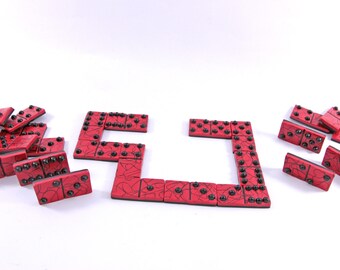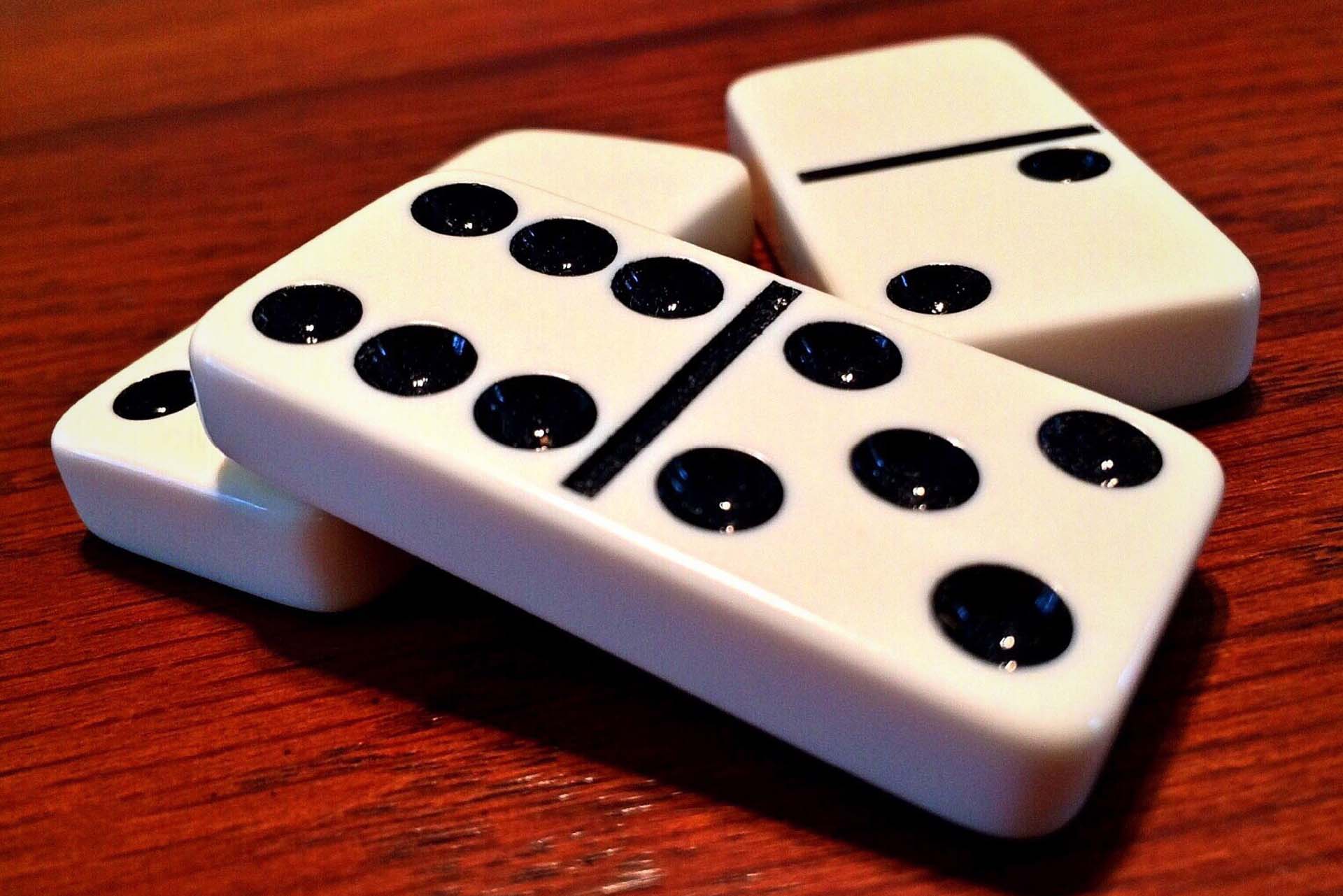
White pips or black pips were likely the most common color combinations because of the relative ease of creating white or black dyes or paints. It's not unreasonable that six pips became common because of the size of available tiles. The colors of the pips also evolved based on materials available to individuals and cultures. At one point in many royal histories, Kings and Queens sometimes used men on large open stages or fields as single domino "tiles." There is evidence Eskimos have made domino tiles out of bones. Stones and wood were common synthetic materials among Chinese dominoes and European-style dominoes. European dominoes expanded with the European powers of France, Spain, and Britain - coming eventually to new worlds like the Americas.Īs the popular pastime spread, people used whatever materials they had available to them to create domino tiles. Just as troop movement shaped our language, health, and culture in an era before flight and online interaction, dominoes evolved with dominant cultures. In scoring games, points are awarded based on various rules, such as the suits called or where a double belongs.ĭomino tiles made of unusual materials further shaped games.Mexican Train Dominoes is among the more common blocking games.


The farmer was then drafted into the Army and shipped out with units of men that spread far and wide to Europe, Asia, Macedonia, and South America. Supposedly a farmer contracted the flu from a pig. There is a theory that the 1918 flu epidemic originated in Kansas.

Chinese dominoes evolved in the Asian subcontinent's vast geography to accommodate different strategies, tile starts, designs, and domino sets. European dominoes originated in Italy in the early 1700s. Like languages and diseases, many variations sprang up in different periods at different times. European-style dominoes may have evolved as a word because of their similarity to a hooded cape with black and white lining worn by French priests. There is little agreement on the origin of the term "domino" (either Latin's 'dominus', or 'master of the house', or based on a half-mask common in ancient Chinese culture). These domino games take a form we might recognize today with a traditional six-pip (dot) style domino tile. But there is agreement that domino games began in China during the Song Dynasty as early as the 11th or 12th century. Most domino games evolved based on war and troop movement But dominoes - in all their forms - have developed with the people and cultures that export it to new lands. The game's name conjures racist undertones, and by some definition, it should. We've spoken before about the history of Mexican Train Dominoes' name. Here’s how and why some dominoes differ in style, numbers, and history A brief history of domino tiles begins with Chinese dominoes


 0 kommentar(er)
0 kommentar(er)
